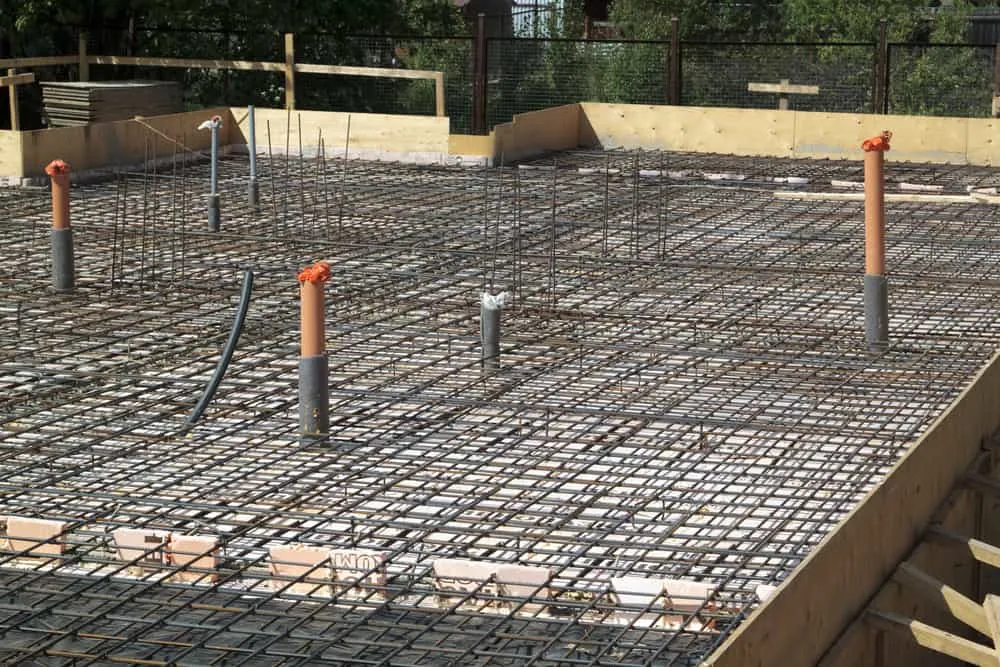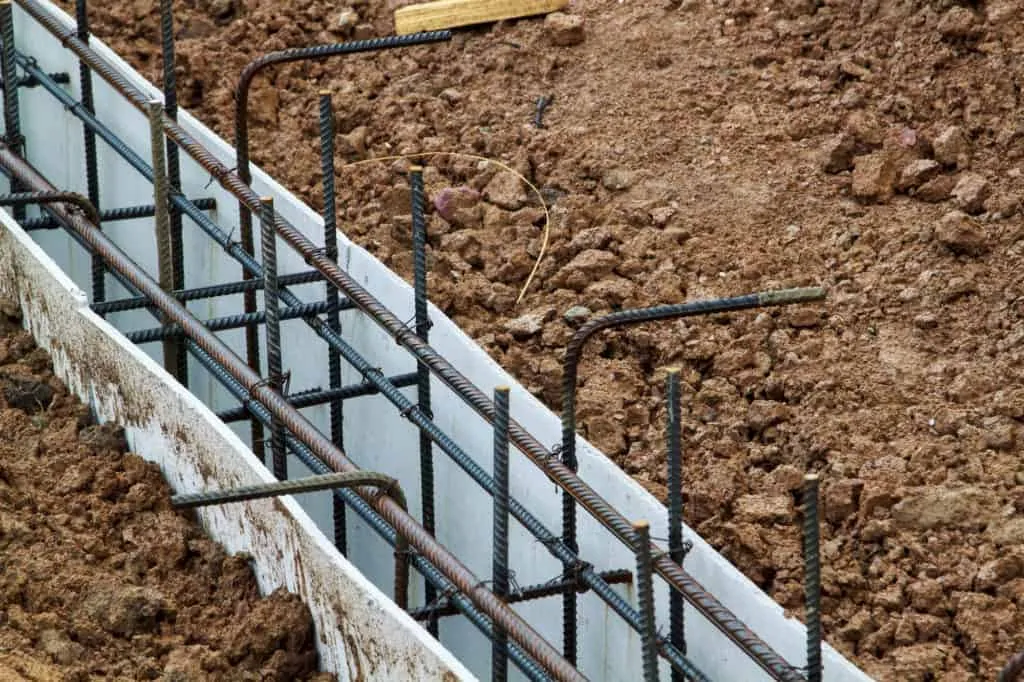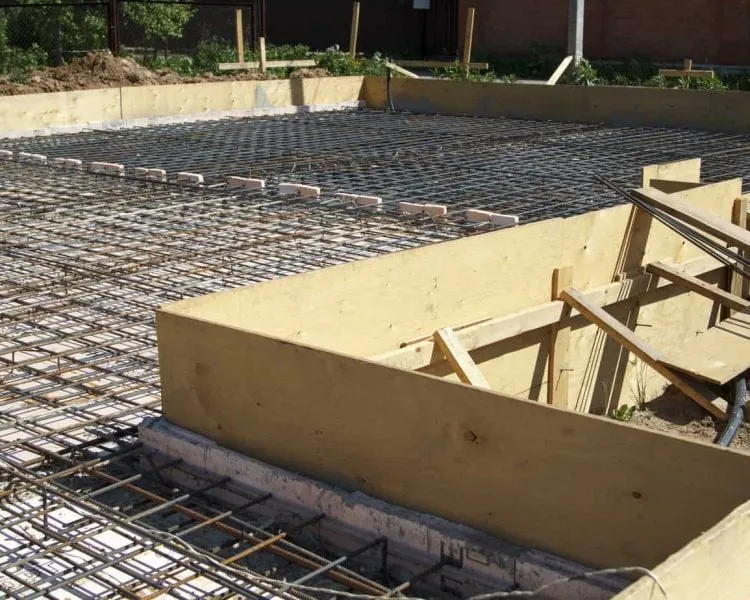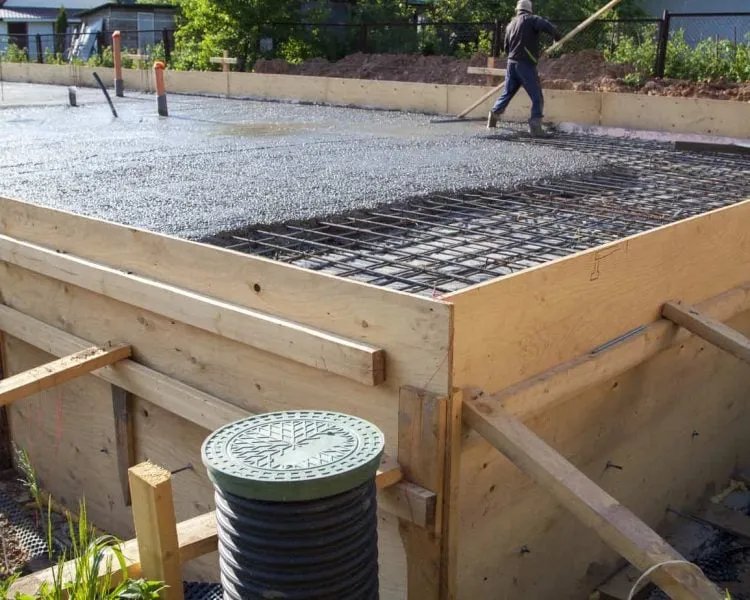- (703) 450-6398
A Foundation and Footing Inspection is Phase One of the New Home Construction Process. The property’s foundation is one of the most important aspects of a new home. This is the phase before the concrete is poured for the properties foundation and also called a Pre-Pour Inspection
You want to get a footing and foundation inspection to make sure your foundation is constructed correctly and is in compliance with building codes and standards. If not checked properly, foundation issues could arise. To prevent any problems that could lead to significant issues with the foundation, getting this inspection is essential.
Examining your home’s foundation is key to spotting potential issues early on, averting major structural harm. Problems with the foundation usually escalate over time, resulting in higher expenses for repairs. Additionally, unresolved issues can cause increasingly severe damage to the structure built on the foundation the longer they go unaddressed.

A foundation and footing inspection is pivotal for any homeowner, as it serves as an early detection system for structural issues that could lead to costly repairs if left unaddressed. By identifying problems such as cracks, uneven loading, or water damage early on, the inspection helps in mitigating risks before they escalate into major concerns.
Additionally, it provides peace of mind by ensuring the structural integrity of the home is maintained, safeguarding the occupants’ safety. For potential buyers, such an inspection can be a crucial factor in the decision-making process, offering an assurance of the property’s condition.
Ultimately, investing in a foundation and footing inspection can save money, time, and ensure the long-term durability of the home.



The other phases in New Construction are Pre-Drywall, Pre-Settlement, and 11th Month Warranty. Learn more about the other phases and how the inspection is conducted for each phase
The Pre-drywall inspection will help look for any deficiencies that otherwise might be overlooked or hard to determine once the drywall goes up.—the Phase after Footing and Foundation
An inspection will help assist in discovering any defects at the property before settlement—the Phase after Pre-Drywall.
After living in the home for a while, you might notice there are still some issues with the house. An inspection can help get these issues corrected before your builder's 1-year warranty expires—the Phase after Final Walk-Through.